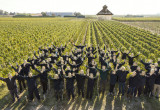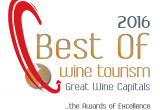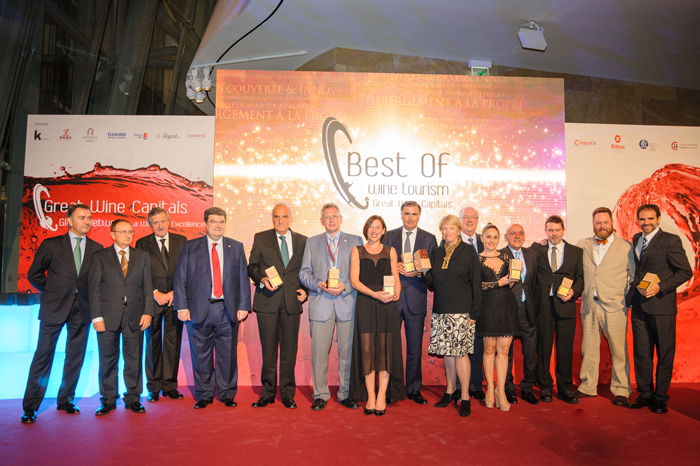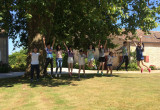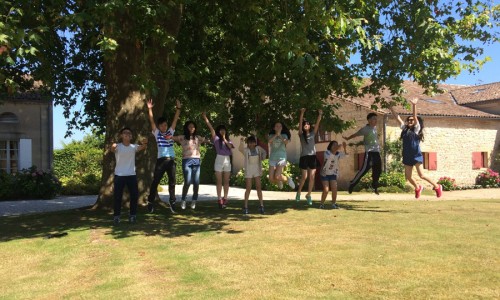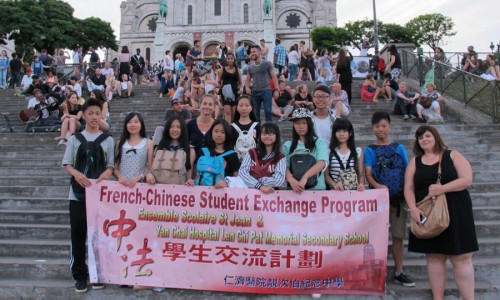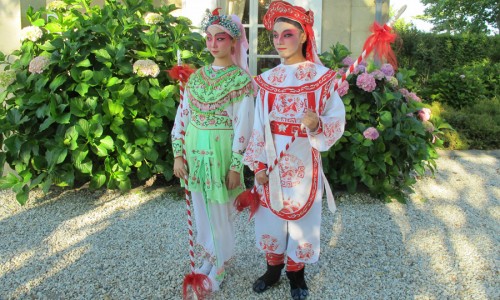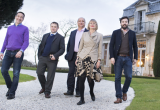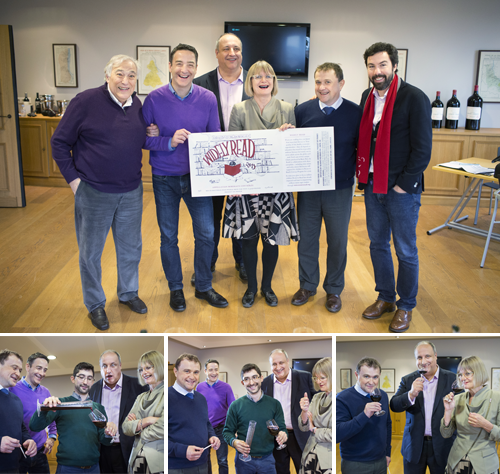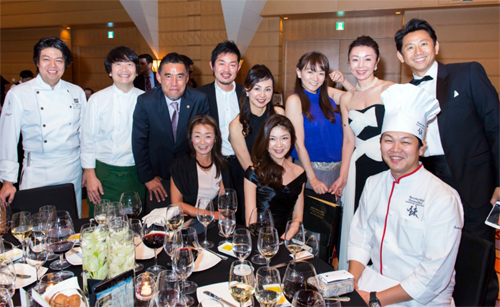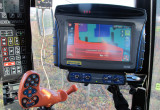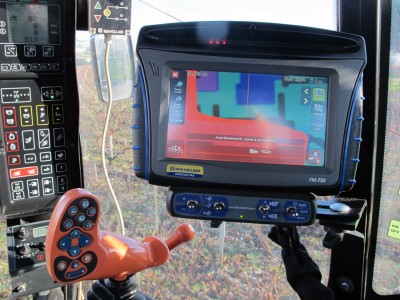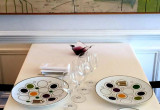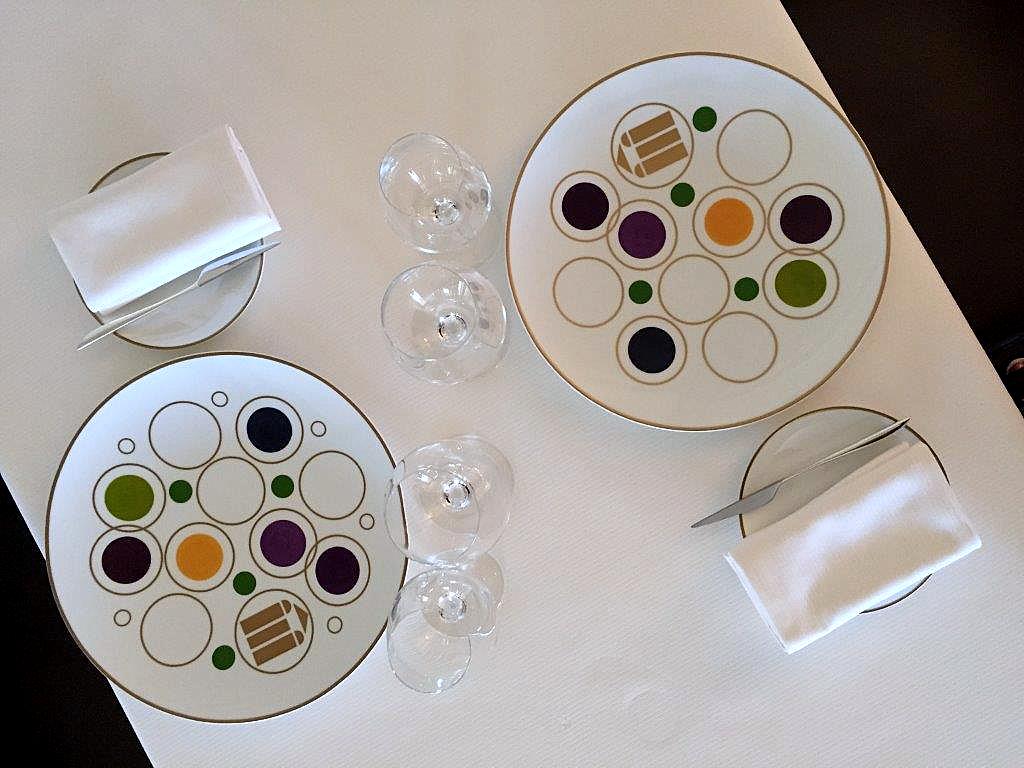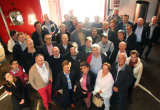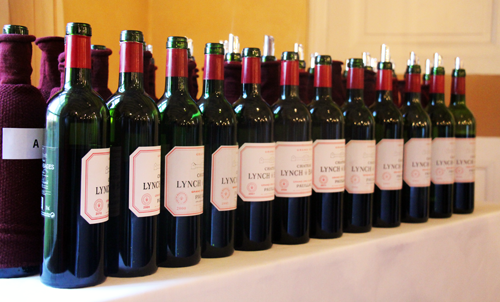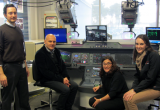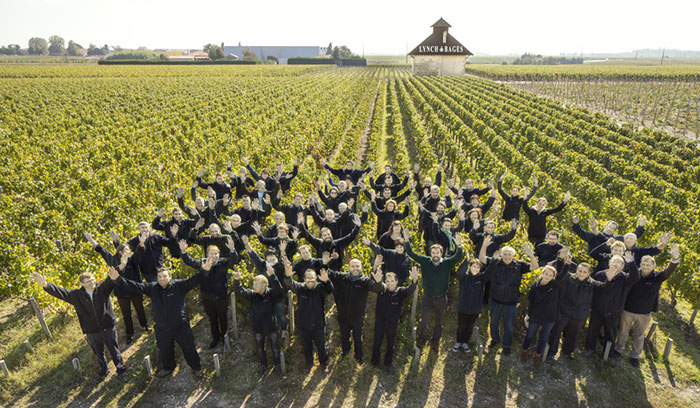
Soil water reserves within the norm, a rare Merlot maturity... read on for the facts and figures surrounding the Château Lynch-Bages 2015 vintage, from bud to cellar.
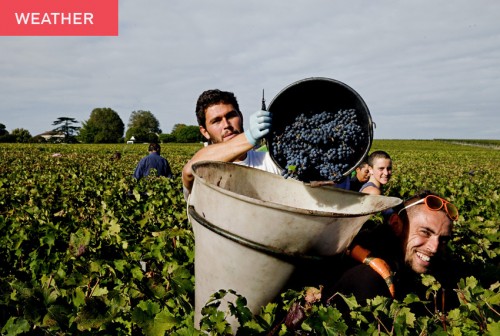
354 mm of rainfall
This is the rainfall recorded between November 2014 and February 2015, in line with the average of the past 30 years (364 mm). Although the winter months replenished the soil’s water reserves, they were gradually depleted in May, June and July – the hottest and driest in Gironde’s history – resulting in a relatively early end to the vine’s vegetative growth.
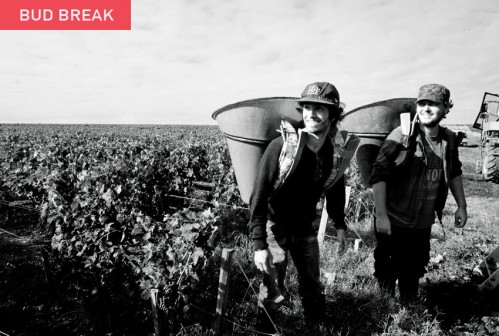
18 March: the first buds
The first Cabernet Sauvignon buds appeared at Lynch-Bages mid-March. Which is slightly early. But budbreak was homogeneous and took place in good weather conditions, ensuring a healthy vegetative development.
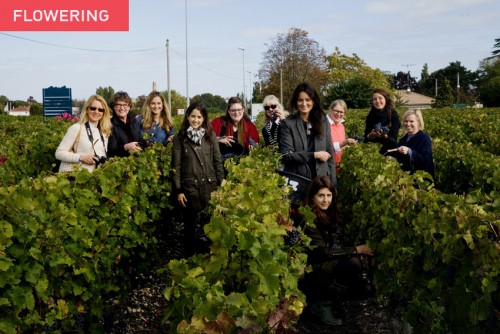
23 May: the vineyard’s first flower
Flowering began in late May. Veraison began on 21 July, in other words 4 or 5 days earlier than in 2014.
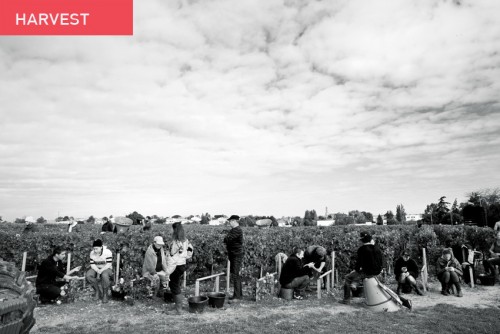
9 September: first day of harvest
The whites (Muscadelle) were harvested first. Harvesting of the reds began on 17 September with the Merlot (about 10 hectares).
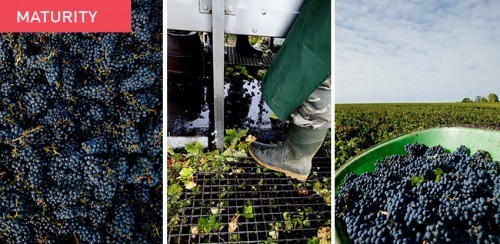
13.5% potential alcohol: natural Merlot
The potential alcohol in the first 4 vats of Merlot, filled on 17 and 18 September by 2 teams of 50 people, is 13.5%. An exceptional maturity.
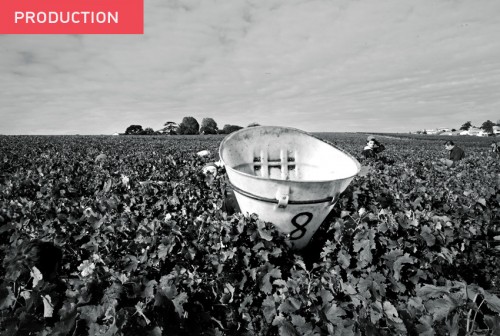
2015: a balanced production
There are sufficient yields of old Merlot, thanks to good flowering, and the Cabernet Sauvignon production offers a good balance of rich skins and high volumes of berry juice, as the grapes benefited fully from the beautiful weather in the 2nd ten days of Septembe.
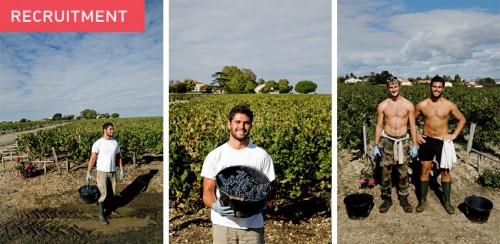
A bonus: our 2 Greek gods will return in 2016
They promised they’d be back... will you?
Credits:
Our special thanks to photographers Oddur Thorisson and Rodolphe Escher.
